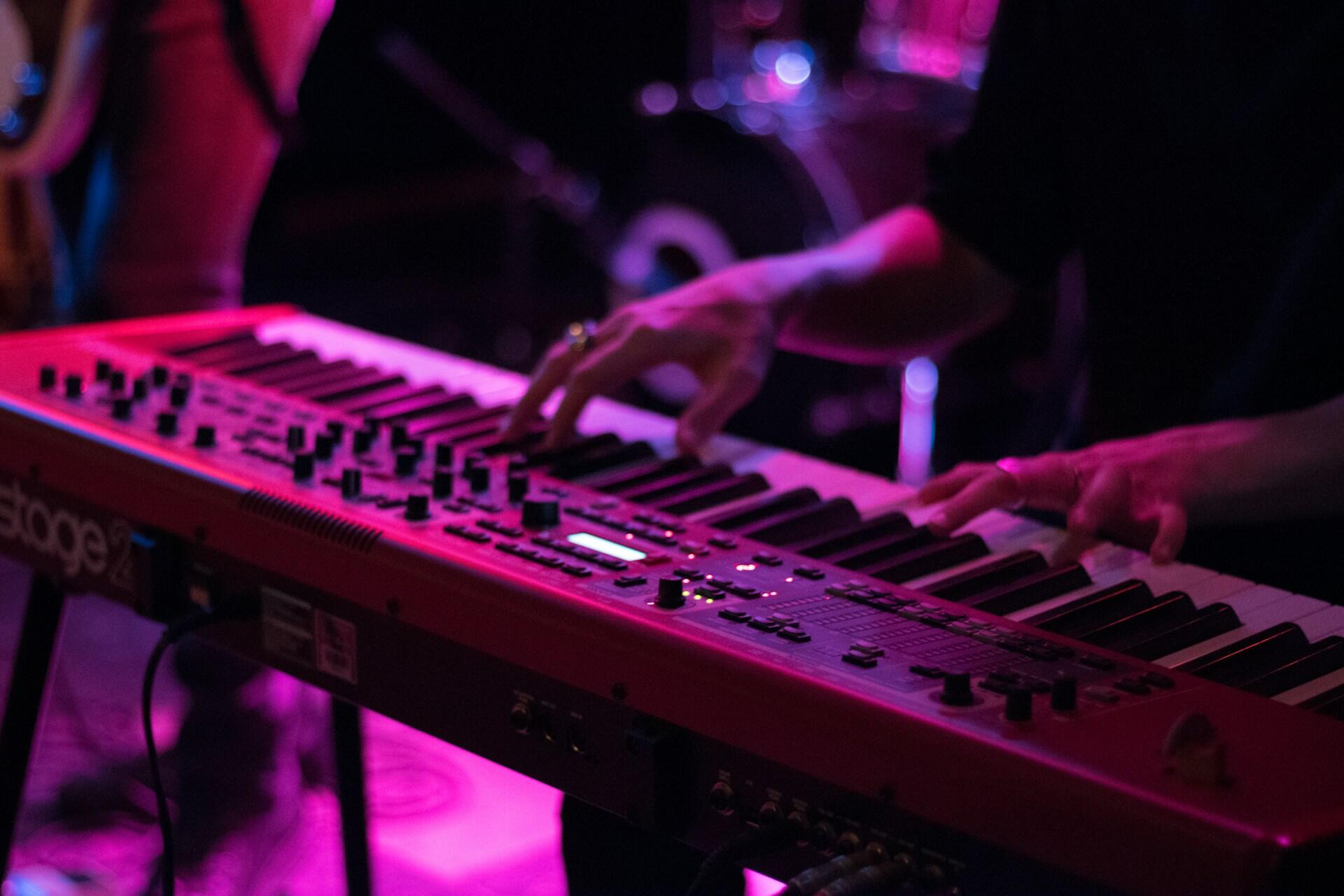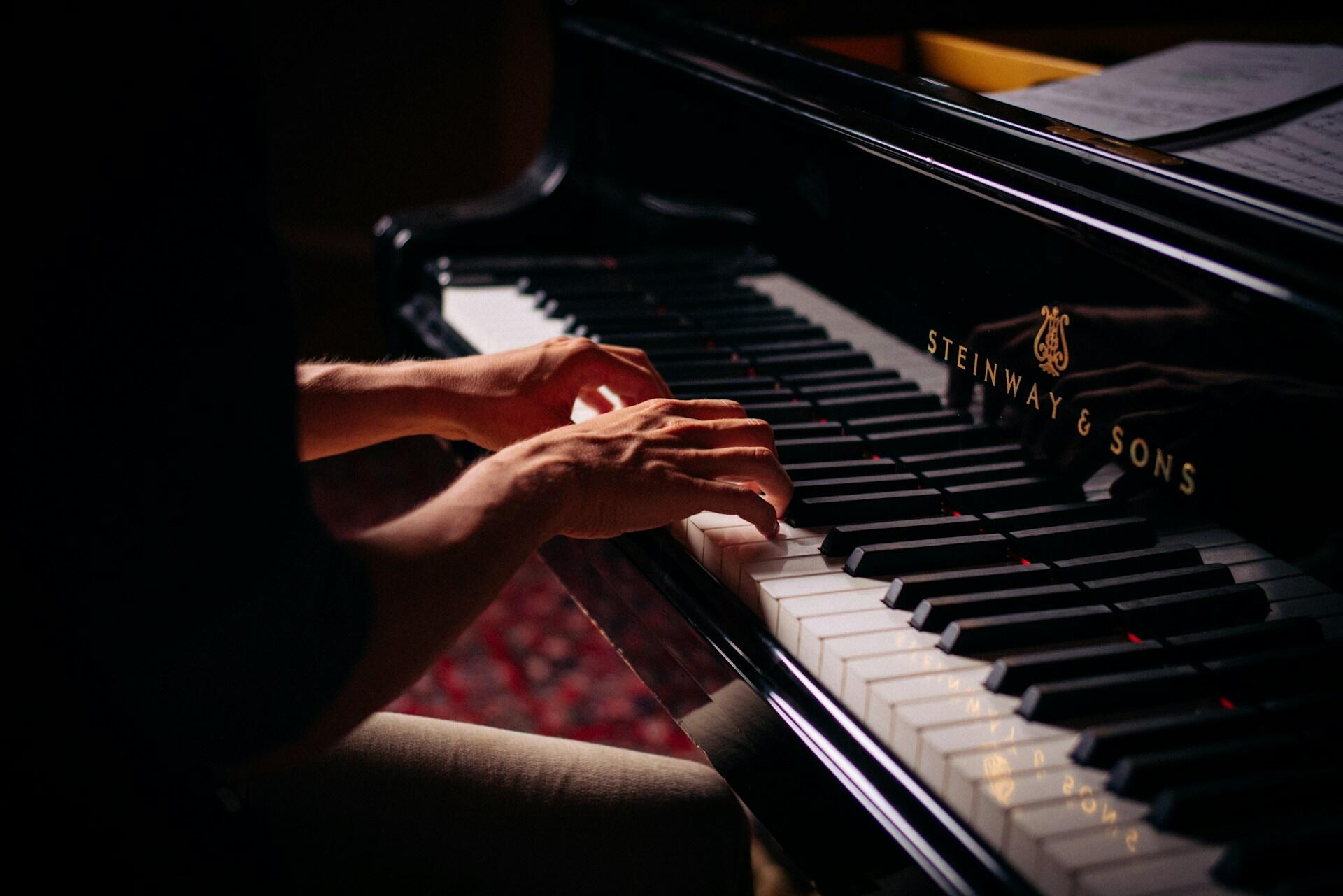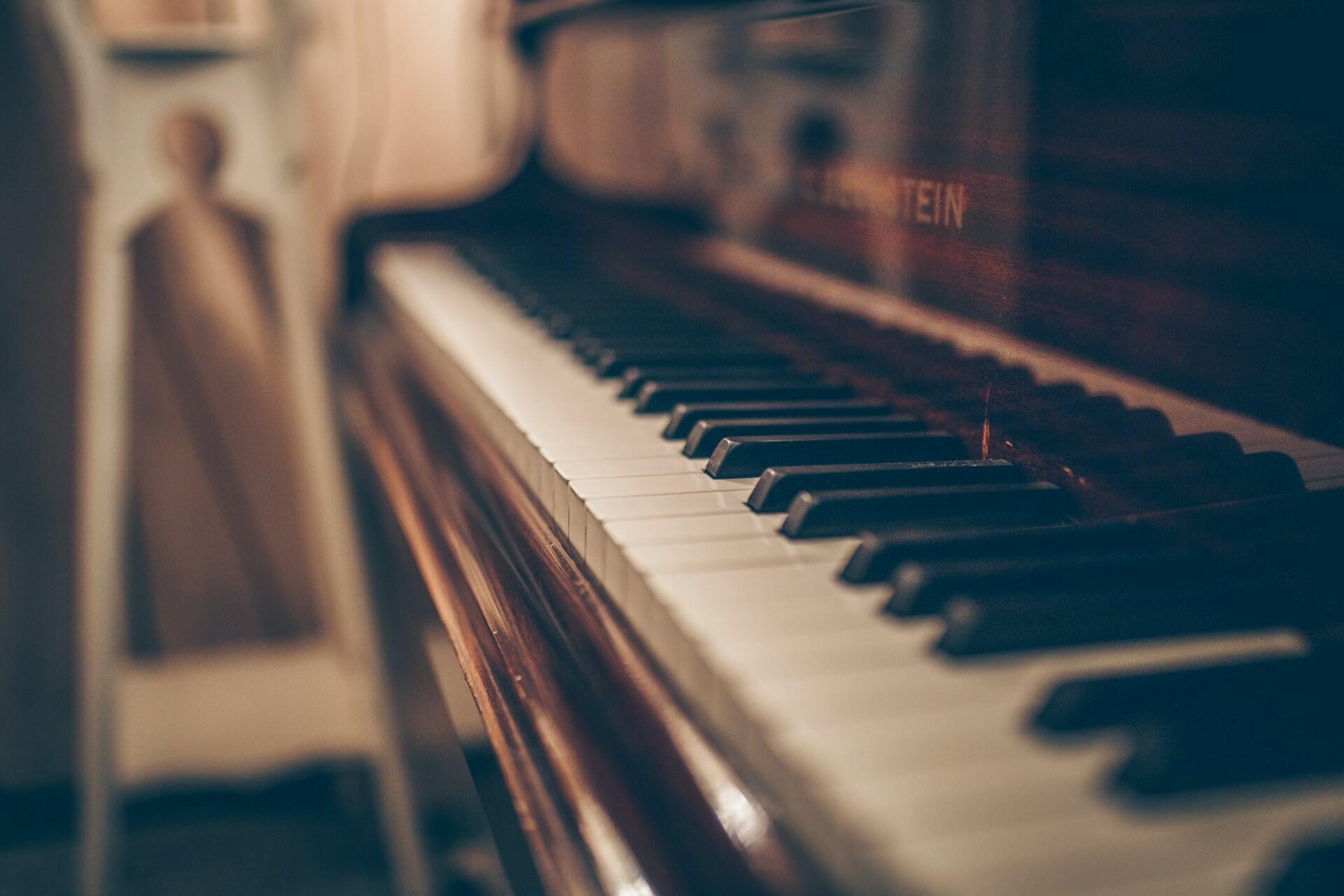To play a wrong note is insignificant; to play without passion is inexcusable.
Ludwig van Beethoven

Why Learn Piano Through Songs?
Learning the piano is about the journey, not the destination. However, it's a long journey, and one of the most effective ways to progress is by starting with easy piano songs. You don't have to focus solely on scales and theory; you can learn to play piano through songs as a way to put theory into practice and stay motivated. Songs can act as milestones, with different pieces being indicative of your level of progress. With each new song, you add new skills to your playing while doing something more musical, engaging, and rewarding than doing endless practice drills.
The Foundations You Need Before Playing Songs
Before you can start playing easy piano songs for beginners, you should work on the fundamentals of playing. By mastering the basics, learning songs will become easier. Here's what you should be studying if you want a more substantial knowledge of musical theory. Here's what you should be studying.

of adults quit piano lessons within the first six months.
Getting a solid grasp of sheet music, chords, and rhythm isn't just theory, it's your roadmap. Once you know how to read notes and follow a key signature, you can pick up new songs faster, spot patterns in the music, and even improvise little variations of your own. Think of it as learning the alphabet before writing complete sentences.

Easy Piano Songs for Beginners
For anyone just getting started with the piano, there are plenty of easy songs to play. Beginners will progress much faster when they also integrate music they love. Look for songs with simple chords, clear melodies, and a slow enough rhythm so you can focus on both hands without getting overwhelmed. Once you've learned the basics, it's motivating to explore a song that's suitable for each level, allowing you to measure progress step by step.
Adele – Hello
Adele's Hello uses a simple chord progression and a steady tempo. It's a recognisable song, which makes it more enjoyable and a good one for kids and adults learning piano. A lot of contemporary music is built around repeating chord progressions, so once you learn the verse and the chorus chords on your left hand, you can repeat them throughout the song. At the same time, you master using your right hand.
Write the letters of the notes on your keys if you're having trouble remembering them. This little trick is a perfect way to connect what you read on the sheet music with what you play on the keyboard.
Play along with it here.
Or listen to the full version:
- Start with just the melody in your right hand before adding chords.
- Use a metronome to keep your timing steady (set it at 79 BPM).
- Break the song into smaller sections (e.g., verse, chorus, bridge) and master each one separately.
- Don’t worry about mistakes. Even a small amount of progress each day is a significant step forward.
Traditional – Twinkle, Twinkle, Little Star
For something more classical, this is one of the first songs that anyone might learn. It's an excellent introduction for those who are just starting to familiarise themselves with the keyboard. This song is simple, repetitive, and only uses seven notes.
Once you can play the melody with your right hand, try adding simple chords (C, F, G) in your left hand. This will give you your first taste of playing hands together.
Lower Intermediate Piano Songs
By the time you've mastered a few easy piano songs for beginners, you can step up to more challenging music. These lower intermediate piano songs will have a busier left hand, more chords, and more complex rhythms. These songs are relatively accessible, but you'll feel more like you're playing "real" music.
Camila Cabello – Havana
Havana is a great choice for working on your left-hand technique. The chorus features a rhythmic bass pattern with your right hand working on the melody and chords. A syncopated groove is a nice introduction to Latin-inspired rhythms, too.

Check out this tutorial on how to play it:
Or listen to the real version here:
The Beatles – Let It Be
One of the most iconic easy songs to play on the piano. This is based on a simple, repeating chord progression. Easy piano versions are great for practising chord changes with your left hand. At the same time, your right hand can play the melody. Thanks to the slow tempo, you can focus on dynamics and become more comfortable with expressive phrasing. For the studio version, you can play the chords with the right hand and bass notes with the left.
Play along with this tutorial:
Or listen to the version:
Higher Intermediate Piano Songs
As you move to the higher intermediate level, you should be more familiar with balancing both hands together when you play the piano. By this stage, you should have also become comfortable reading more advanced sheet music and experimenting with expressive playing. These songs include arpeggiated chords, wider hand spans, and more dynamic shifts. Consider working with a piano tutor at this level since guidance from an experienced pianist is invaluable.

Ludwig van Beethoven – Sonatina in G, Anh. 5, No. 1
This is a significant first step into classical piano music. It's bright and cheerful with broken chords and arpeggios. If you want to develop finger independence while working on phrasing and dynamics, give this a go.
For your first attempt at the piece, consider this easy tutorial:
Here's how it should sound:
Yiruma – River Flows in You
This is a modern classic and one of the most popular intermediate piano songs. Emotional, with flowing left-hand arpeggios, it's a step up from the songs we covered earlier, but the repetitive patterns make it more manageable.
Here's an easy piano tutorial for your first time:
And here's the proper version:
Advanced Piano Songs
Advanced pianists will start to explore what the piano's really capable of. Technical skill, wide arpeggios, complex rhythms, fast passages, and artistry and interpretation. Here are a few examples of what this level of piano playing could include.

Claude Debussy – Clair de Lune
Here's a tutorial on how to play it in full. It'll take you at least 90 minutes, and that's if you don't pause or rewind any of it.
And here's a beautiful rendition of it.
Frédéric Chopin – Nocturne in E-flat Major, Op. 9, No. 2
This Nocturne is an outstanding example of Romantic piano. With lyrical melodies, ornamented runs, and expressive freedom, it's only for advanced players.
of young piano learners stop playing by age 17.
For this, you'll need to develop tone control and phrasing. The piece will test your left-hand independence while your right hand ornaments the bass parts. Set aside about the best part of an hour for this tutorial.
Enjoy this beautiful rendition of it:
- Slow practice first: Break passages down into very small sections.
- Hands separate: Learn each hand independently before combining.
- Record yourself: Listening back helps you hear phrasing and dynamics.
- Work with a tutor: At this level, guidance from an experienced pianist is invaluable.















